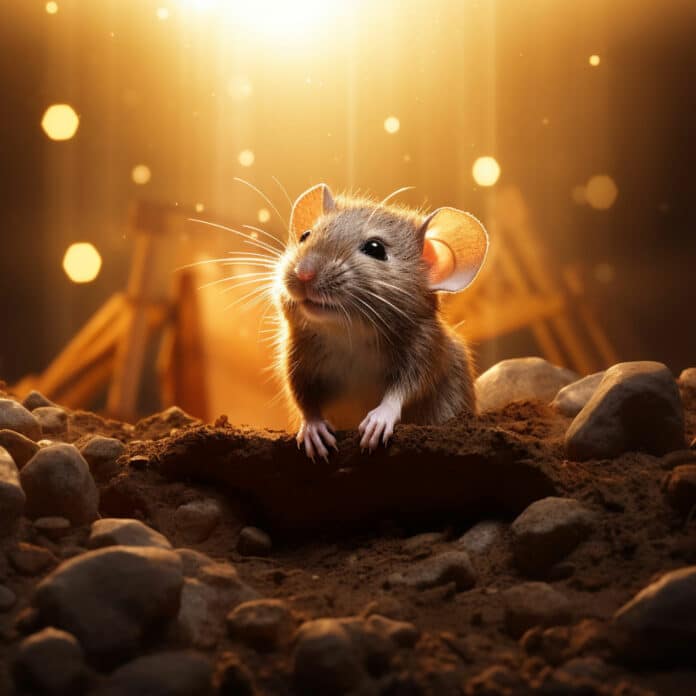Scientists have discovered that animals, just like humans, can imagine. They found that animals can think about places and objects that are not in front of them. Scientists at Janelia discovered this by using a combination of virtual reality and a brain-machine interface to study rat’s inner thoughts.
Scientists found that rats, like humans, can use their thoughts to imagine walking to a location or moving a remote object to a specific spot.
When recalling or simulating, the hippocampus has a visual representation of the surroundings. Whether animals can consciously regulate their hippocampus activity by their worldview is uncertain.
The new study suggests that the hippocampus, a part of the brain involved in spatial memory, exhibits distinct neural activity patterns in rats when they experience places and events, just like humans do. Hence, rats can intentionally produce similar activity patterns to remember faraway locations far from where they are.
It means animals, like humans, possess a form of imagination, according to the study’s authors.
Chongxi Lai, a postdoc in the Harris and Lee Labs and first author of a paper describing the new findings, said, “The rat can indeed activate the representation of places in the environment without going there. Even if his physical body is fixed, his spatial thoughts can go to a very remote location.”
Scientists wanted to develop a system to understand how animals are thinking. They developed a real-time “thought detector” that could measure neural activity and translate what it meant. It uses a brain-machine interface (BMI), which provides a direct link between an external gadget and brain activity.
The electrical activity in the rat’s hippocampal region and its location within a 360-degree virtual reality arena are connected to the system through BMI. Using the BMI, scientists can determine whether a rat can stimulate hippocampus activity simply by thinking about a location in the arena rather than physically visiting it; in other words, they can decide if the animal can imagine visiting the site.
After developing this system, scientists created a thought dictionary to decode the rat’s brain signals. It compiles what activity patterns look like when the rat experiences something – in this case, places in the VR arena.
The rat is harnessed in the VR system. The rat moves on a spherical treadmill, and the 360-degree screen displays its movements. When the rat finds its way to the goal, it is rewarded.
Concurrently, the BMI system logs the rat’s hippocampus activity. When the rat moves through the arena to reach each goal, scientists can observe which neurons light up. These data serve as the foundation for a real-time hippocampal BMI, which translates activities on the screen into hippocampal activity in the brain.
Scientists then disconnected the treadmill and rewarded the rat for reproducing the hippocampal activity pattern associated with a goal location. The BMI converts the animal’s brain activity into motion on the virtual reality screen in the “Jumper” challenge. In essence, the animal thinks its way to the reward by first imagining where it has to be to be reached. Humans go through this mental process frequently.
In another Jedi task, the rat moves an object to a location by thought alone. The rat is fixed in a virtual environment but “moves” an object to a goal in the VR area by manipulating its hippocampus activity. Subsequently, the researchers repositioned the goal, necessitating the animal to exhibit activity patterns consistent with the new site.
The scientists discovered that, like humans probably do, rats have precise and flexible control over their hippocampus activity. The animals’ ability to maintain this hippocampus activity allows them to focus their thoughts for extended periods at a particular location, much like people do when they daydream or replay previous experiences.
Harris said, “The stunning thing is how rats learn to think about that place, and no other place, for a very long period, based on our, perhaps naïve, notion of the attention span of a rat.”
Journal Reference:
- Chongxi Lai, Shinsuke Tanaka et al. Volitional activation of remote place representations with a hippocampal brain–machine interface. Science. DOI: 10.1126/science.adh5206
